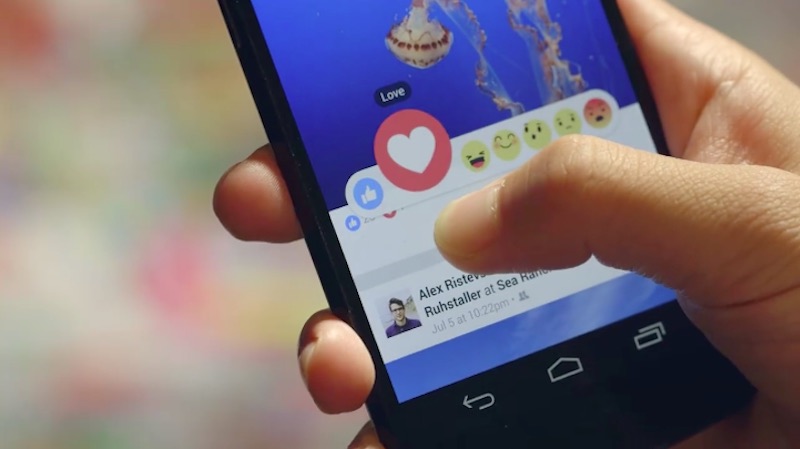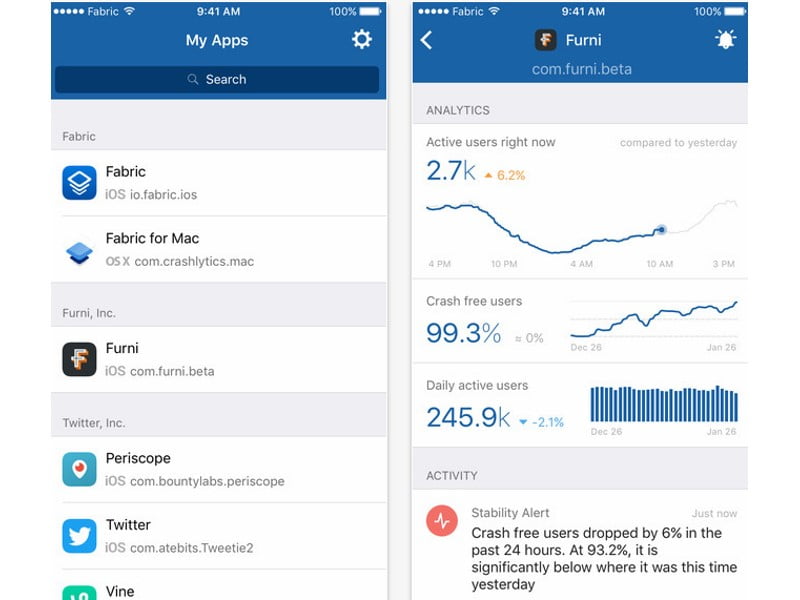
Facebook users around the globe can now be more expressive.
The social network rolled out “Reactions” – an extension of the “Like” button – worldwide on Wednesday, to allow users to express emotions such as sadness, anger and love.
In a video accompanying a blog post, the five new buttons appear as animated emoticons that pop up when the “Like” button is held down on mobile devices. The buttons appear on desktops when users hover over the “Like” button.
Facebook launched a pilot of “Reactions” – which allowed users to select from seven emotions including “Angry”, “Sad”, “Wow” and “Like” – in Ireland and Spain in October.
The “Yay” emoticon, which was present in the pilot launch, was not seen in Wednesday’s video.
The company will also use “Reactions” to track user behavior and for ad delivery.
“We will initially use any Reaction similar to a Like to infer that you want to see more of that type of content,” Facebook said in separate blog post.
Facebook said that over time it hoped to learn how different “Reactions” should be weighted differently by the Facebook News Feed to customize it for individual users.
Facebook said “Reactions” would have the same impact on ad delivery as “likes”.
The feature received mixed reviews from users on social networking sites.
Many complained that they could not see the new emoticons, while some were unhappy that Facebook did not launch a “dislike” button.
Marina Cupo wrote on Facebook: “Do not have it available yet on my facebook!? I would rather have had a DISLIKE button and then attach an emotion instead if I want!”
Others expressed concern that the feature would lead to diminished use of language and less interaction.
“Great, now you don’t even have to offer actual words, just a freaking emoji. What’s the point in learning a language at all then?,” Candice Johnson wrote on the social network.
Comments by Facebook Chief Executive Mark Zuckerberg in September that many took to mean that the social network was working on a “dislike” button set off a debate over whether it would cause cyberbullying and negativity.
Twitter replaced its star-shaped “favourite” icon with a heart-shaped icon called “like” in November in an attempt to make its website more engaging, but many users scorned the change.
© Thomson Reuters 2016
Download the Gadgets 360 app for Android and iOS to stay up to date with the latest tech news, product reviews, and exclusive deals on the popular mobiles.













